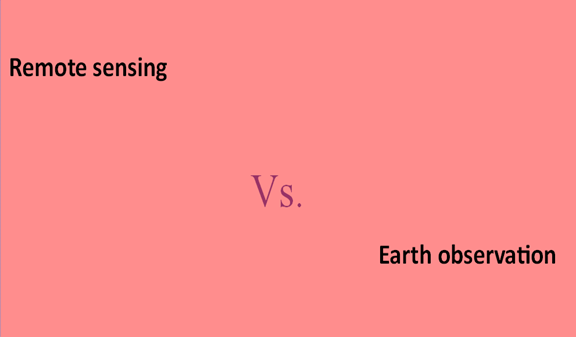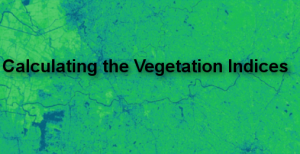Remote sensing is observing objects from platforms that are distant from the object being observed. Such platforms can be in low or high altitudes, and they include data from satellites, aerial images, unmanned aerial vehicles, and geophysical pieces of equipment. Remote sensor data provide a global perspective and data about Earth for better data-informed decision-making based on the current and future state of the planet.
On the other hand, Earth observation gathers information on the physical, chemical, biological, and any other related data about the planet. It can include systems that measure the environment and surroundings from space or ground. It may include;
- Numerical measurements are taken by thermometers or wind gauges.
- Photos and sonar images are taken from both ground, ocean-based instruments and remote-sensing satellites.
Differences
1. Resolution
Data collected from earth observation is of high resolution as it captures the overall topographical features and state of the planet as a whole. Such information is observed, collected, and interpreted for the benefit of all humans and nature on Earth.
Remote sensing data is carried out for particular geographical areas and used to interpret the results to benefit the particular area under study. The image resolutions are higher depending on the type of resolution used. Examples of the types of resolutions used include radiometric, spatial, spectral, and temporal.
2. Altitude
Remote sensing satellites are located at a higher altitude than Earth observation satellites. The altitudes can range between 36,000km and 800km above the equator.
3. Features monitored
Earth observation focuses on a specific range of features such as vegetation cover, soil moisture, sea and land surface temperature, and observed human influence. Such observations help provide insights into phenomena that are otherwise impossible to measure on a global scale.
On the other hand, remote sensing collects any data transmitted through the reflection of electromagnetic waves and can be later filtered to specific data sets. Such data helps researchers and analysts make recommended solutions for solving issues that plague areas of observation.
4. Satellites Used
Remote sensing uses navigation satellites to obtain data from the Earth’s surface. Navigation satellites may refer to a collection of four or more satellites located in the Medium Earth Orbit.
In contrast, Earth observation may use observation satellites which can be standalone and placed in the Low Earth Orbit.
5. Geographical location and Data Sources
Remote sensing aims to collect data from different locations and objects on the Earth’s surface and later can be computed and grouped into different geographical classes.
Meanwhile, Earth Observation involves collecting data from a specific geographic location observed. It collects data from different geographical locations on the planet and interprets such data to suggest recommended global solutions.
6. Data processing
Remote sensing data acquired from the instruments aboard satellites require processing before the data is usable. Such data can be interpreted by specialists and analysts in the different categories or sectors understudies.
On the other hand, earth observation data is collected by big world organizations like NASA. Most of the raw data will be collected by the NASA Earth observation satellites. Data processing undergoes different levels under the different processing systems in the organization.




Mitesh Sharma
21 Dec 2021Remote Sensing and Earth Observation are great field for study and research. We can do many studies using these technologies and give a informative useful output.